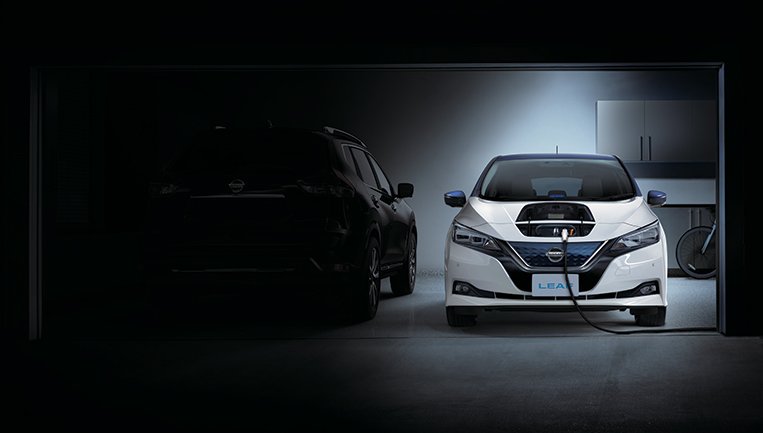
Automobiles excite. They are, arguably, the stuff that dreams are made of. They feed man’s innate desire—no, need—to roam, to discover, to conquer new horizons. Cars literally fuel our insatiable craving for mobility. Technological advancements and design leaps continue to drive the buzz surrounding cars. And, undoubtedly, the rising call for electrification is among the biggest drivers of change in recent times.
Tesla, for example, has captured the imagination of the motoring public around the world. It upended the staid and boring image of electric vehicles into sexy and scintillating models. Many carmakers have announced that they will fully electrify their product offerings from as early as 2020 (Volvo). And a growing number of countries and cities worldwide—Paris, London, India and, recently, China—have vowed to outlaw fossil-fuel engines by as early as 2030 (in the case of India). All this has resulted in seismic shifts in the way cars are—and will be—designed, developed, produced, sold, serviced and driven.
What gets lost in the translation—or buried in the rush to regulate and innovate—is the reason for this whole electric movement. People sometimes overlook the fact that the electrification of automobiles is a journey, not a destination. Society, the motoring public, the government and the carmakers are all on that journey together. We have to walk in lockstep with each other; one cannot get too far ahead of the other.
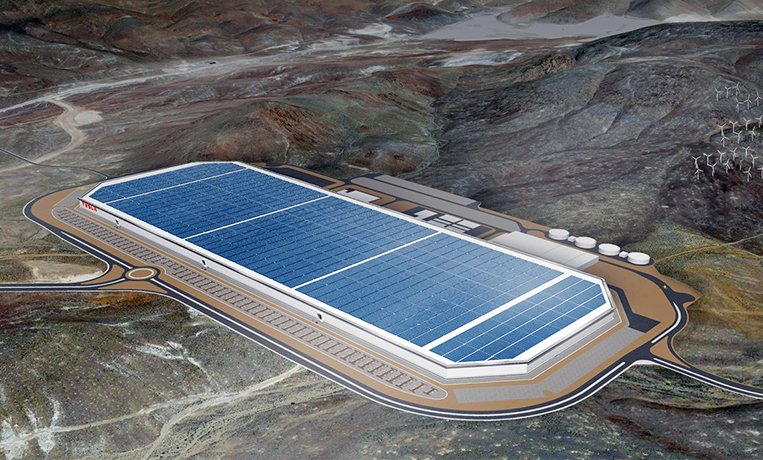
The essential question is: Why the need for electrification? The answer surely comes back to the need for greener mobility solutions that are kinder to our planet and to man. The focus, therefore, should not be on the technology, but on the goal. There is no one solution: hybrid electric vehicles (HEV), plug-in hybrid electric vehicles (P-HEV), battery electric vehicles (BEV), fuel cell vehicles (FCV). We also cannot—and should not—preempt any other technology that may eventually reveal itself in time. We simply don’t know what we don’t know.
Ultimately, what should really matter are the desired reductions in greenhouse gases such as carbon dioxide (CO2), or air pollutants such as nitrogen oxide (NOx), hydrocarbons (HC), carbon monoxide (CO) and particulate matter (PM). Fussing over the introduction of EVs is like putting the carriage before the horse, and it eventually distracts us from what the mission is. The choice or proliferation of a particular technology is inevitably determined by many things, including costs of production, the necessary infrastructure to support the alternatives (e.g. charging stations, fuel quality, road conditions, etc.) and, most importantly, ease of use by motorists. Therefore, the appropriate and relevant solution at a certain point in time would vary from one country to another, being as it is related to the interplay of the various factors mentioned.
A gap occurs—a wide one at that—when governments set aggressive reduction targets in emissions and pollutants in relation to the cost of the technology needed to realize those goals. The fact is that EVs are costlier to produce, and investment in infrastructure is needed to assure their operation (or range). Who will pay for that cost? At the end of the day, it is the consumer (retail price) or society (taxes and public funds) or a combination of both. Can the consumer afford the steep price? Can the government afford to subsidize car prices and divert budgets to the necessary infrastructure, presumably at the expense of other social priorities?
In order to overcome range limitations of EVs, a significant breakthrough in battery technology is essential. Otherwise, the primary solutions are: (1) install bigger batteries, thus causing vehicle prices to go up because batteries are the biggest cost component of electric cars; or (2) go for more frequent battery charging, which is currently very time-consuming, thus necessitating a more widespread charging network. The solution (EVs) then becomes unaffordable and inconvenient to use.
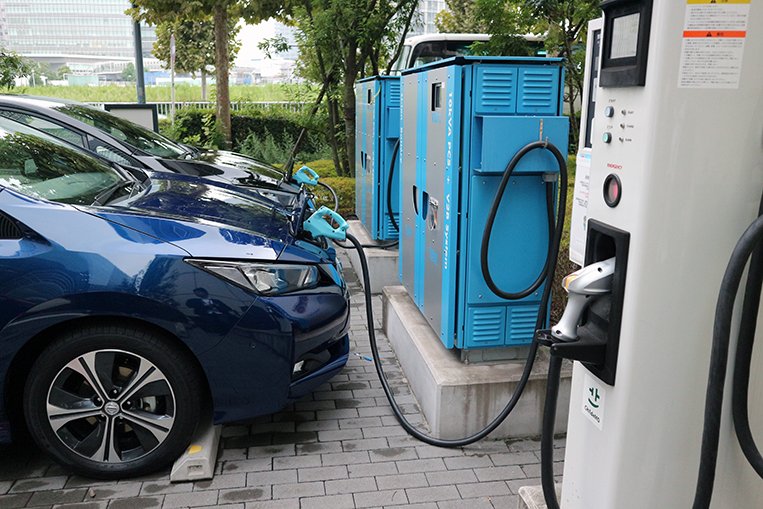
Also, we must take a close look at the carbon footprint of each technology and process from well to tank, and from tank to wheel— or what we call “well to wheel.” A country whose generation of electricity is still heavily dependent on coal, for instance, will actually end up increasing greenhouse gases and undesirable air pollutants since coal is a “dirty” source of electricity. Finally, if the huge, and rapidly expanding, number of vehicles on the road (especially in emerging economies) are all mandated to shift to electricity, how will this impact on electricity generation, capacity, distribution and consumption? These are some of the inconvenient truths that we have to come to grips with on this journey toward electrification.
At the risk of oversimplifying things, until such time that a breakthrough in battery technology is found and electricity generation is made cleaner and more efficient (clean energy), the popularization of EVs in general (and BEVs in particular) remains arguable.
Rather than subsidize one technology or another, governments are better served by incentivizing carmakers to produce vehicles that meet and exceed the desired emission or pollutant levels set by government, particularly CO2. This way, governments and carmakers can better exploit the most economically feasible technologies, and the emission targets can be more progressively managed to minimize cost inefficiencies while optimizing the allocation of scarce economic resources.
Can government afford to subsidize car prices and divert budgets to the necessary infrastructure, presumably at the expense of other social priorities?
But the most central issue remains to be the customer and society at large, the very ones who will benefit from the outcome of increased electrification. Technology by and of itself should not be at the expense of its users. Therefore, mobility solutions should, ultimately, keep convenience and ease of use front of mind. Otherwise, mobility will be disrupted, and this will be a disservice to the very societies that we claim to care for. Car buyers will not be able to adapt to the desired mobility solution because either they cannot afford it or it causes them a lot of grief to use.
On the other hand, Mother Earth cannot be made to wait. Solutions are already available and can be readily deployed without that much more need for valued subsidies or infrastructure investments. And since they are already there, why not make use of them? Now. That way, our journey to a greener world will not be held hostage to the harsh realities of high costs and the lack of infrastructure.
For example, the Thai government has put in place a very practical and progressive policy framework that shows a clear way forward. It enacted a CO2 tax structure matrix that progressively incentivizes lower CO2 emissions for all sorts of electric engine options—from petrol-electric hybrids to battery-electric vehicles to fuel cell vehicles.
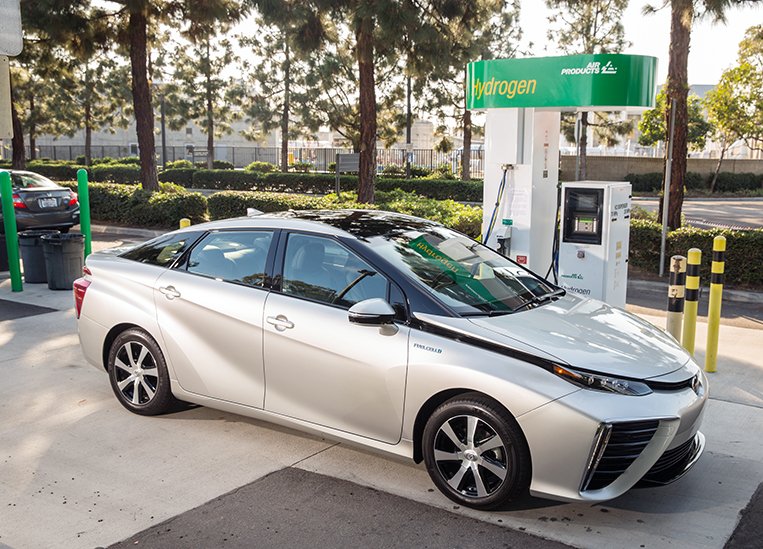
Singapore, on the other hand, will adopt a new Vehicle Emissions Scheme in 2018 where automakers are taxed according to their worst-performing pollutant. Until this year, government only taxed autos based on CO2 emissions. From next year, four other pollutants (NOx, HC, CO and PM) will also be measured to reflect the government’s increased focus on clean air. Pure EVs will be the only ones likely to qualify for top-tier rebates, but there will be a grid emission factor to take into account the CO2 generated for electricity to charge these vehicles.
Indonesia is on the verge of crafting its own emissions regulatory framework. Debate is progressing, but there is a growing cognizance that jumping directly to BEVs may be an expensive proposition and may impede consumer adaptation as well as dampen the ability of carmakers to introduce these types of vehicles. In order to jump-start initiatives toward achieving their COP21 (Conference of Parties, an annual meeting of nations addressing climate change) goals, reports have it that they would like to start with petrol-electric hybrids as these entail no additional infrastructure costs for charging stations. Eventually, as EV technology becomes more economical and infrastructure is gradually developed, BEVs and other alternatives will be drawn into the mainstream.
Reducing greenhouse gases and achieving clean air will take time and money, to be sure. We need to avoid leapfrogging ourselves into a corner. Let us pace ourselves in line with what we can afford, what we can support and what car users can accept in terms of ease of use.
The bottom line is that the journey toward electrification should be a measured one, and the path ahead should be very carefully considered to find the win- (for the consumer), win- (for government), win (for automakers) solution.



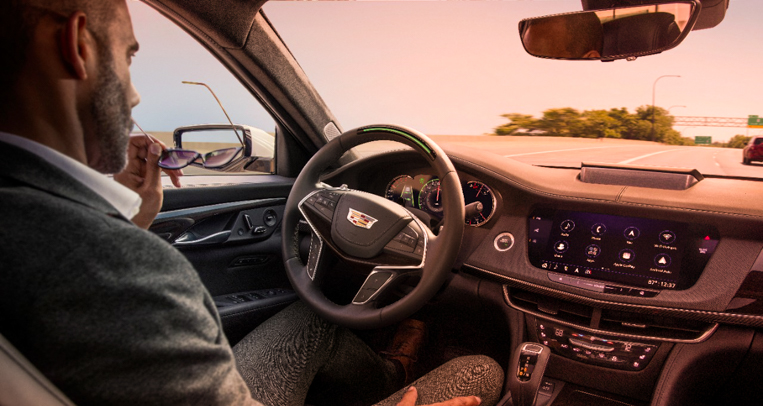







Comments